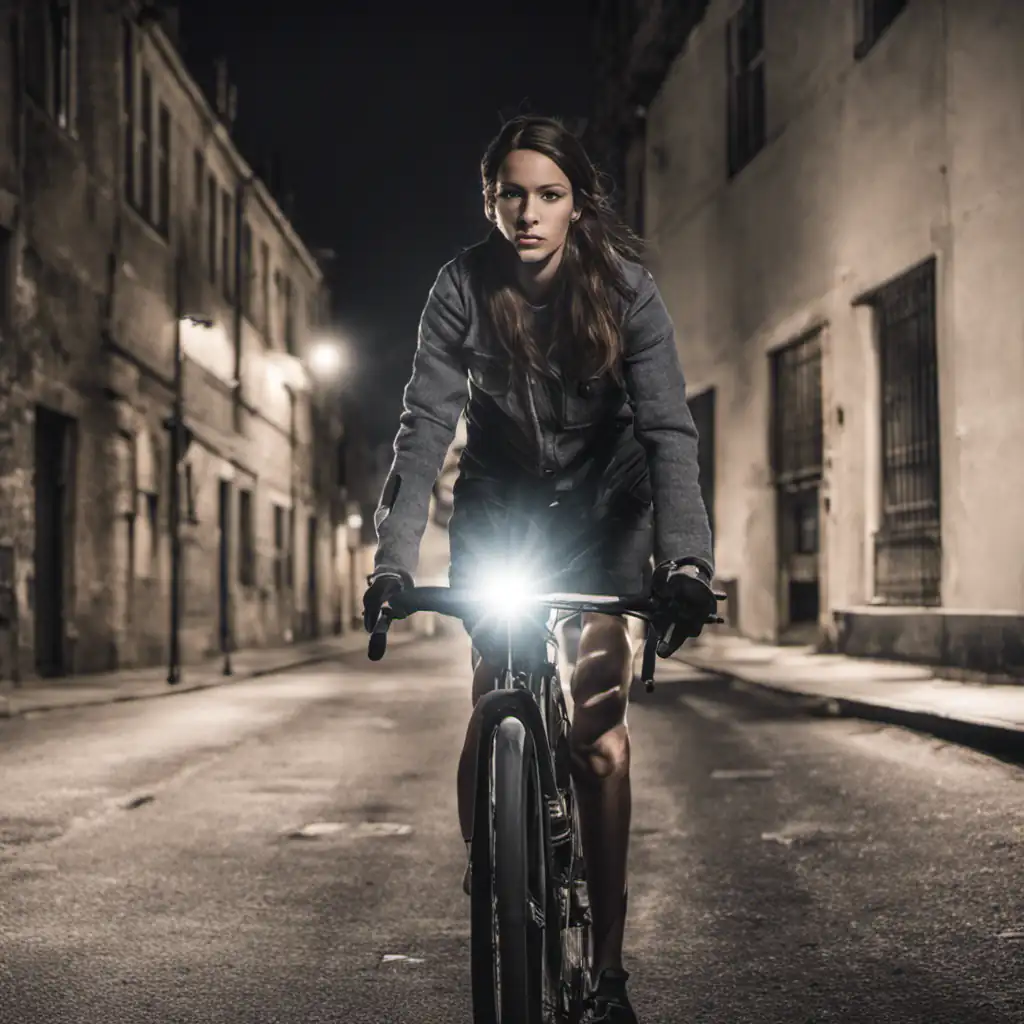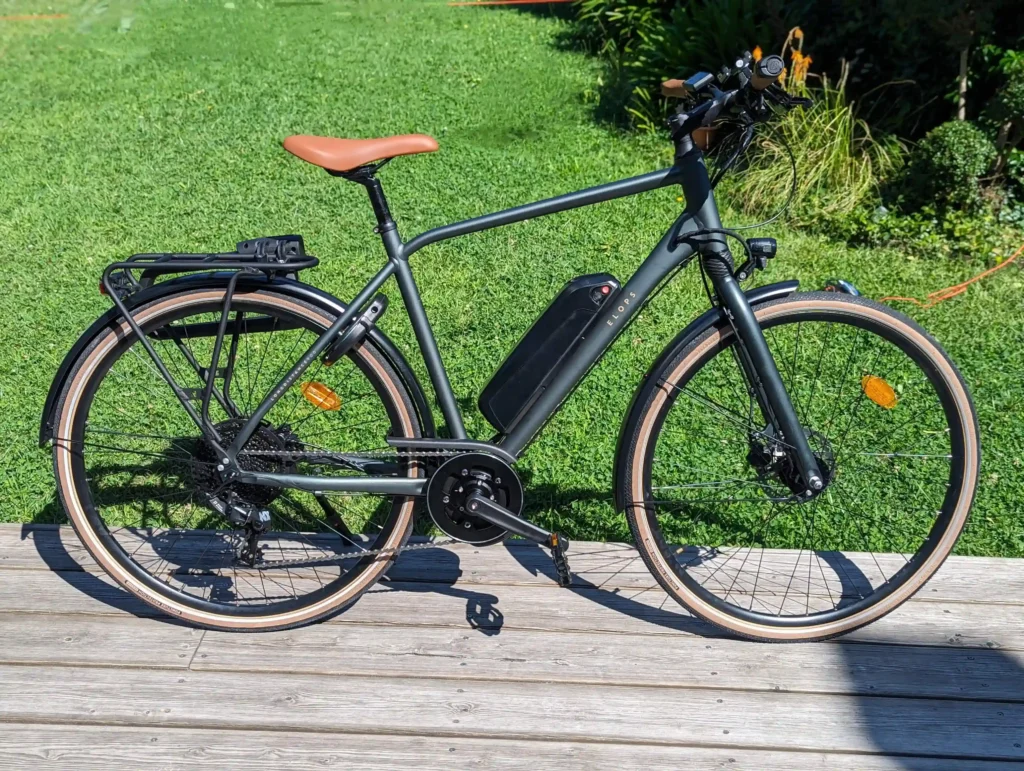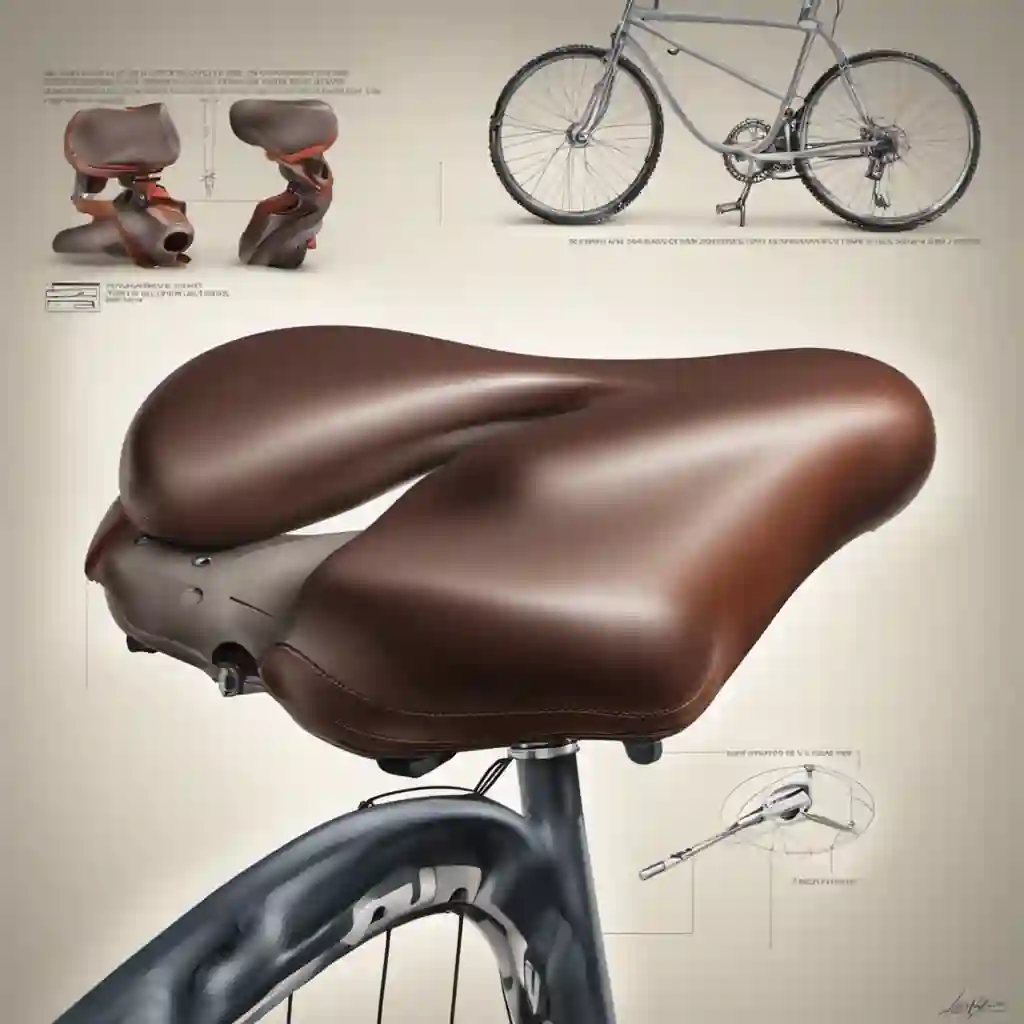Bicycle lighting is an essential element in ensuring the safety of cyclists on the road. Not only does it allow you to be seen by other road users, it also gives you a clear view of your surroundings and any obstacles. In this article, we’ll guide you through the steps involved in choosing the right bike light for your needs and use. If you use our electrification kit, you can already count on its dedicated lighting power supply and convenient control from your screen.

Why bike lighting is essential
The safety of cyclists depends largely on their visibility on the road. Good lighting enables other road users, especially motorists, to quickly spot a cyclist and adapt their driving accordingly. What’s more, proper lighting gives cyclists a clear view of the road and potential obstacles, reducing the risk of accidents.

Rules for bicycle lighting
According to the Highway Code, a bicycle must be equipped with a white or yellow front light and a red rear light. These lights must be visible from a distance of at least 150 meters. The use of reflective devices on clothing, pedals and wheels is also recommended.
Understanding the different types of bicycle lighting
There are two main categories of bicycle lighting:
- Visibility lights: Their main purpose is to increase the cyclist’s visibility to other road users. They are generally less powerful and have a more limited range than lights that allow you to see.
- Seeing lights: These are designed to effectively illuminate the road ahead of the cyclist, so that he or she can ride safely even in total darkness. These lights are more powerful and have a greater range.

How to choose the right brightness for your bike lights
Bike light brightness is measured in Lux and Lumens. Lux measures the luminous intensity on a given surface, while Lumens represent the total quantity of light emitted by the lighting source.
For urban use, a front light of around 100 to 200 Lumen is generally sufficient for good visibility and to distinguish obstacles on the road. For use outside built-up areas or on poorly lit roads, it’s best to opt for a more powerful light, between 400 and 800 Lumen. At the rear, you’ll have to make do with a lower light output of 10 to 50 Lumen.

Bicycle lighting selection criteria
Here are a few factors to consider when choosing your bike light:
- Autonomy: Depending on how you use your bike (daily commute, occasional outings, etc.), make sure you choose a model with an autonomy that matches your needs. If you’re using an electric or electrified bike, choose a model that’s suitable for EABs (but be sure to respect the power criterion for your environment) so you can connect to the bike’s battery.
- Location: The location of the lights on your bike can influence their effectiveness. Front lights can be mounted on handlebars, forks or even helmets, while rear lights can be placed on the saddle, mudguard or luggage rack.
- Dimensions: Bike light models vary in size and weight. Choose a compact, lightweight model if you want to minimize space requirements.

How to fix your bike lights effectively
There are several options for mounting your bike lights:
- Handlebars: Handlebar mounting is the most common choice for front lights. Make sure your lighting is aimed at the road, not the sky.
- Saddle: For rear lights, under-seat mounting is often recommended, as it provides better visibility than other locations.
- Luggage rack: If your bike is equipped with a luggage rack, you can attach a suitable rear light to it.

Tips for the care and durability of your bike lights
To keep your bike lights in good working order over the long term, follow these tips:
- Battery life: Bike lights can run on conventional batteries or rechargeable batteries (via USB cable). Rechargeable batteries generally offer greater autonomy and are more economical over the long term.
- Energy-saving: some models offer different lighting modes (steady, flashing, etc.) to save energy and extend the life of your lights.
- Care and cleaning: Regularly clean the lenses of your lights to ensure optimum brightness. Also check that the fasteners are working properly, and replace them if necessary.
By following these tips and taking the above criteria into account, you’ll be able to choose the ideal bike light for your needs and usage. Stay safe and visible on the road with high-performance bike lighting!




